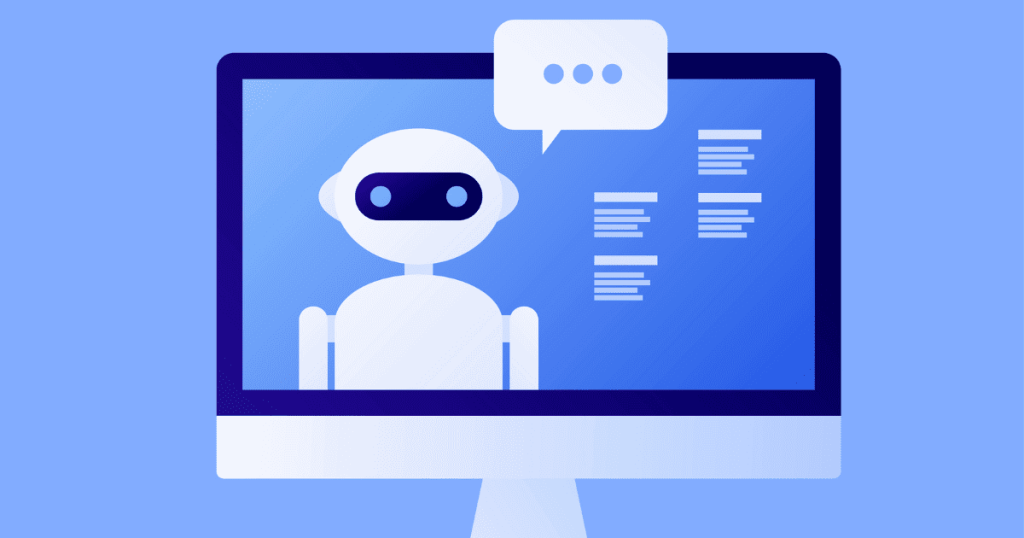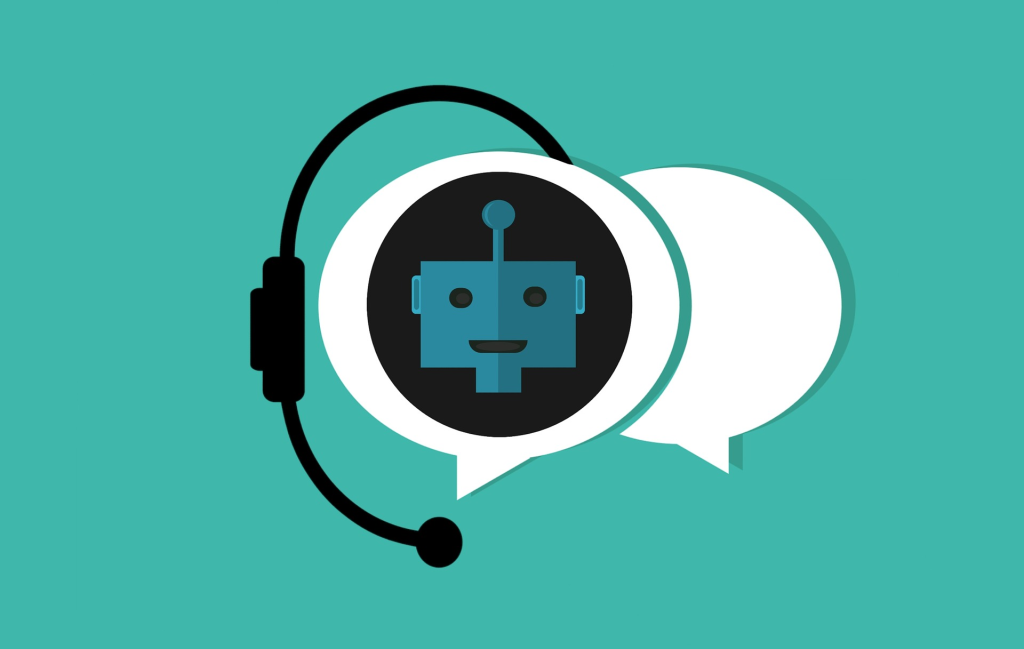
When it comes to creating a chatbot, choosing the right machine learning algorithm is crucial. Different algorithms have their own strengths and weaknesses, and the best one depends on various factors. Here’s a detailed analysis to help you make an informed decision.
1. Rule-based Algorithms
- Simple and Direct: Rule-based algorithms work by following a set of predefined rules. For example, if a user asks “What is your business hours?”, the chatbot can be programmed to respond with the specific opening and closing times.
- Easy to Implement: They are relatively straightforward to set up, especially for handling common and straightforward questions. However, they lack the ability to handle complex or unexpected queries as they rely solely on the pre-programmed rules.
2. Decision Trees
- Classification Capability: Decision trees can classify user inputs into different categories. For instance, it can determine if a question is about product features, pricing, or technical support.
- Visual Representation: They offer a clear visual representation of the decision-making process, making it easier to understand and modify. But they can become complex and overfit the data if not properly pruned.
3. Naive Bayes
- Text Classification: Naive Bayes is often used for text classification tasks. It can quickly analyze the words in a user’s message and predict the most likely category of the query.

- Fast and Efficient: It is computationally efficient and can handle large amounts of data relatively quickly. However, it assumes independence among the features, which may not always hold true in real-world language.
4. Recurrent Neural Networks (RNNs)
- Sequence Handling: RNNs are excellent at handling sequential data, which is ideal for natural language processing. They can remember the context of the conversation and generate more contextually relevant responses.
- Long Short-Term Memory (LSTMs) and Gated Recurrent Units (GRUs): These are variants of RNNs that address the vanishing gradient problem. LSTMs, for example, use a memory cell to store information over long sequences, allowing the chatbot to better understand and respond to long and complex conversations.
5. Transformers
- Attention Mechanism: Transformers use an attention mechanism to focus on different parts of the input text. This enables them to capture the relationships between words more effectively and generate more accurate responses.
- Pre-trained Models: Models like GPT (Generative Pretrained Transformer) have been trained on vast amounts of text data and can be fine-tuned for specific chatbot tasks. They can generate highly fluent and contextually appropriate responses.

In conclusion, there is no one-size-fits-all answer to which machine learning algorithm is best for a chatbot. For simple chatbots with a limited set of tasks and predictable questions, rule-based algorithms or decision trees might be sufficient. For more complex language processing and handling a wide variety of user queries, RNNs, especially LSTMs or GRUs, or transformers are often better choices. It’s important to consider the nature of your chatbot’s application, the available data, and the computational resources when making a decision. Additionally, hybrid approaches that combine multiple algorithms can also be explored to leverage the strengths of different techniques and create a more powerful and effective chatbot.




